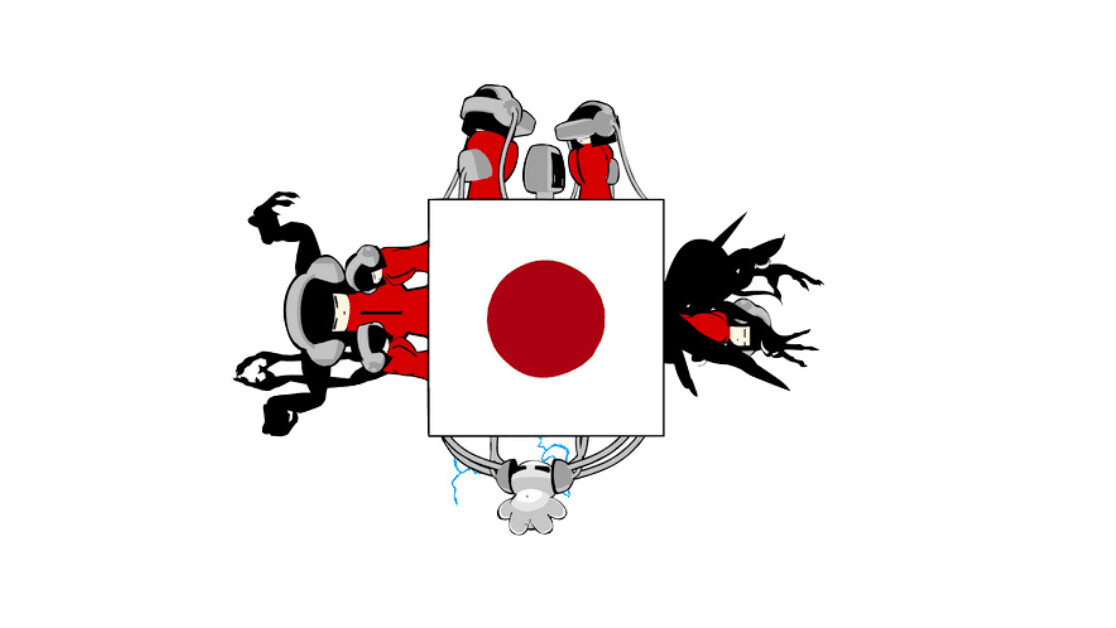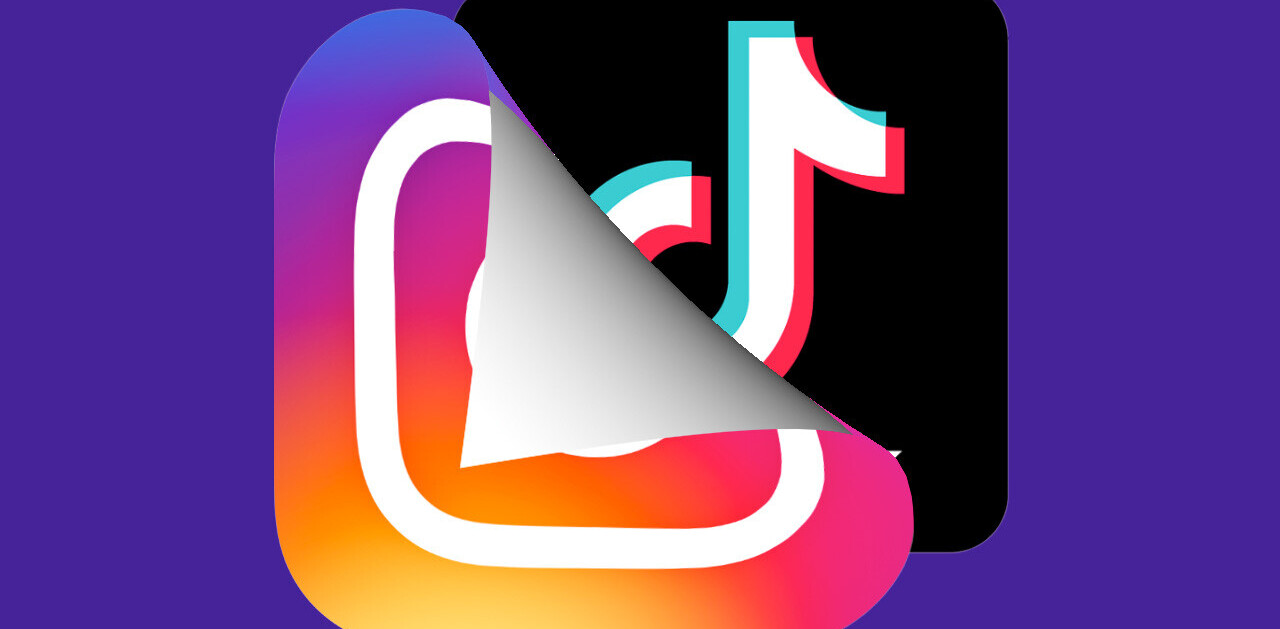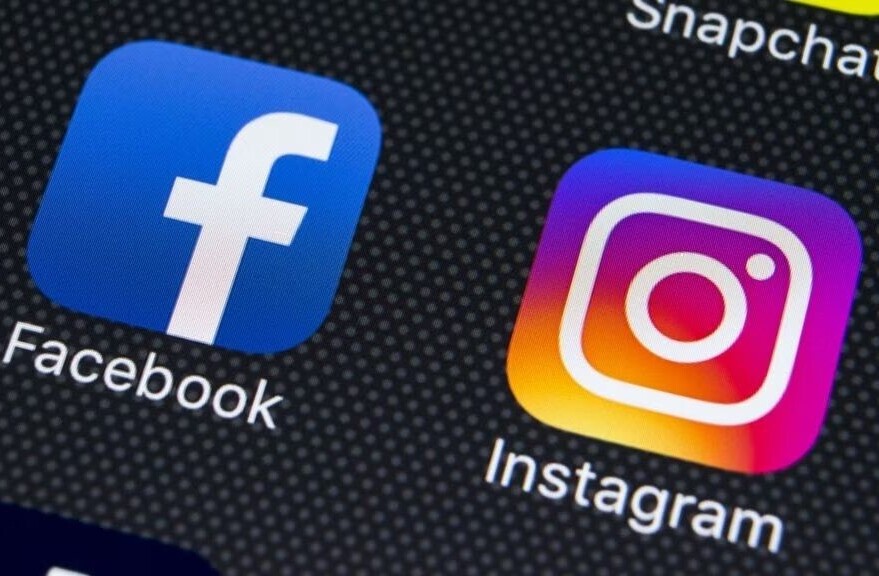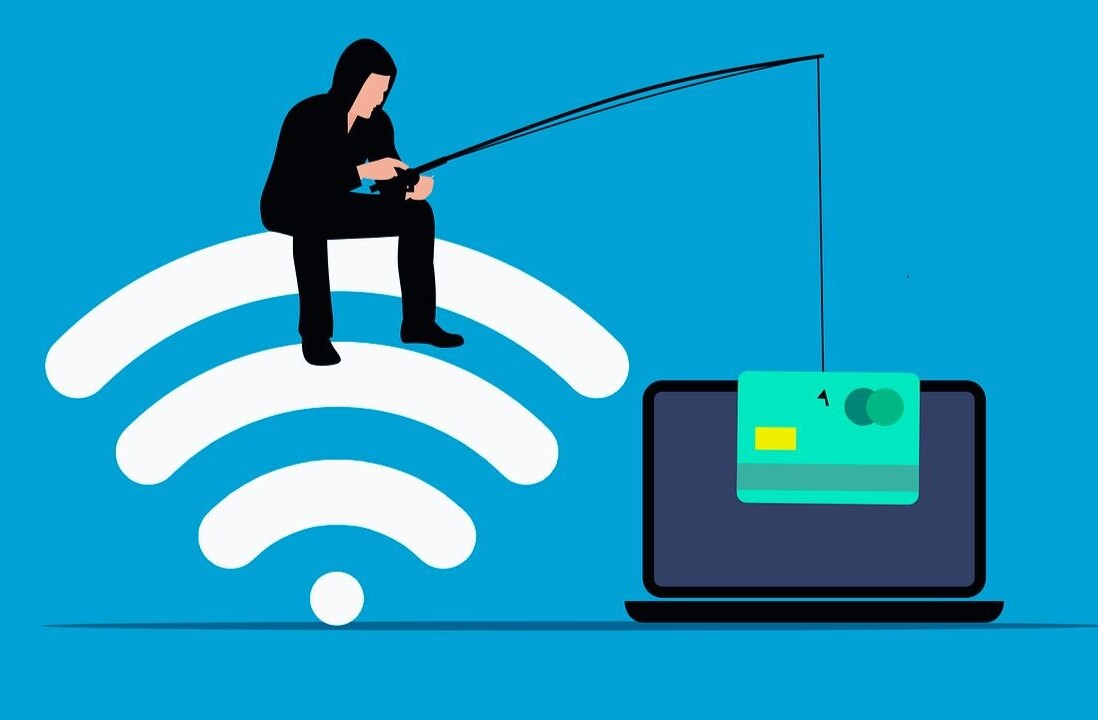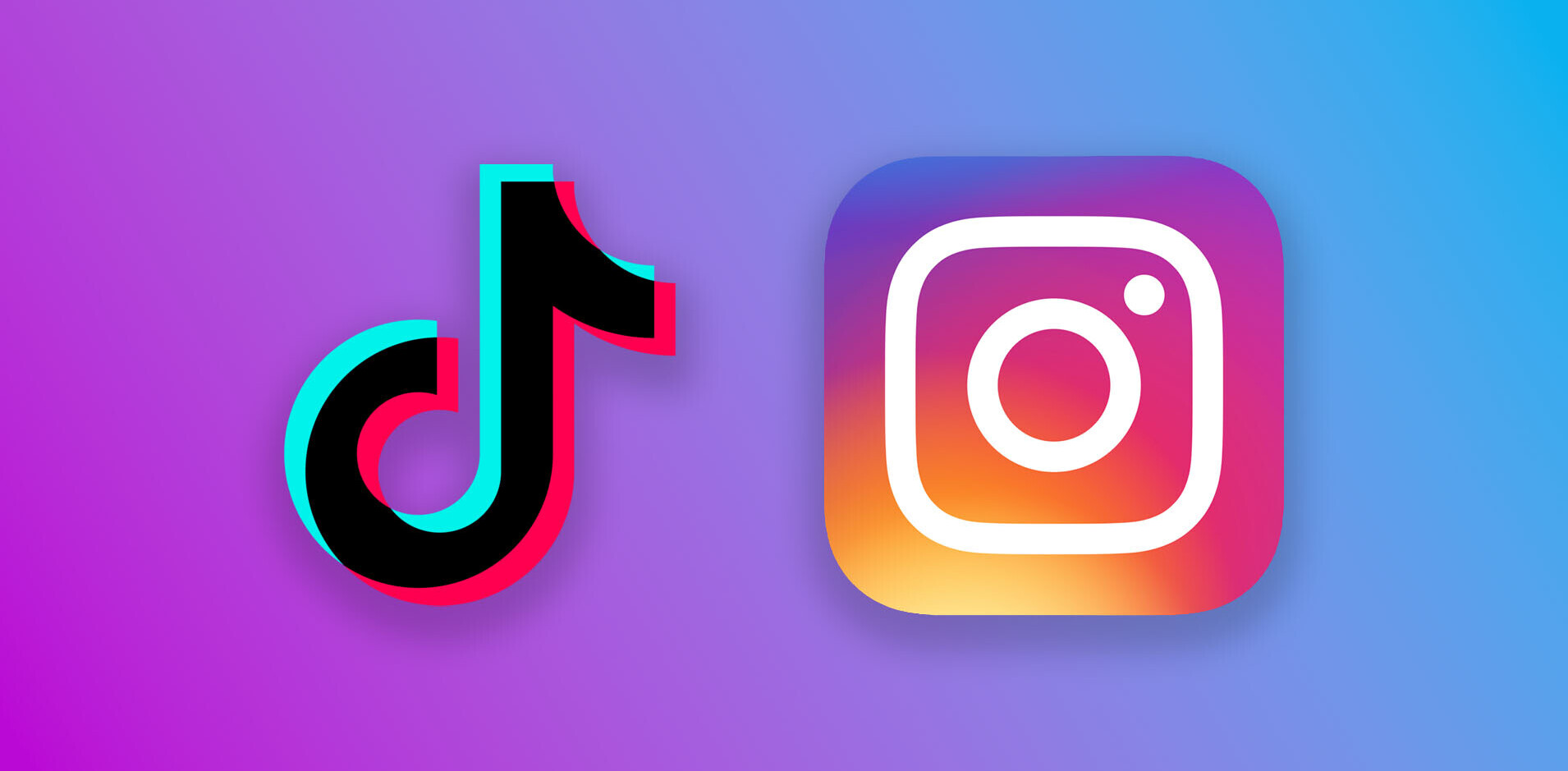Creative web design in the ‘00s was dominated by websites made with Flash. Sites such as tokyoplastic, Who’s We Studios, Get The Glass, and We Choose the Moon set pulses racing across the globe.
However, in 2010, that was all about to change. A double whammy pretty much wiped Flash out in one fell swoop.
In April 2010, Steve Jobs wrote his “Thoughts on Flash” and the aftershock was of epic proportions. Almost overnight, Flash became the darkness of the web and was shunned widely. Many defined this moment as “The Death of Flash.”

The dawning of a new era: HTML5
With the 2010 launch of Google Creative Labs’ “The Wilderness Downtown,” an interactive short film for Arcade Fire’s “We Used to Wait” track, utilizing Google’s Chrome Browser, Google Maps and… most importantly HTML5, the final nail was hammered into Flash’s coffin.
On the one hand, it seemed as though the rug had been pulled out from beneath Flash but, this game changing website from Google showed what could be achieved without the need for any browser plug-ins. This was a defining moment in the future of web design.

The web evolves out of the web
Google’s Chrome browser became the browser of choice for most new, creative, and cutting-edge websites and the Google Creative Labs team, again, pushed the entire web design landscape forward by launching a next generation project that merged the boundaries of online and offline.
Chrome Web Lab, was an example of what the future of digital could hold. Here you could visit the Science Museum in London to experience five experiments in real time, or, you could get the experience, live via your browser, 24 hours per day.

Whilst VR was beginning to really take off, especially the hype around it, it was about time mobile browsers could support 3D. The timing couldn’t have been more perfect with the launch of Retina HD displays on the iPhone 6 and 6+ in September 2014.
We were also seeing more creativity happening outside of the browser window and interactive work being taken into the real world with real-time interaction. Unnumbered Sparks, a project by Aaron Koblin allowed visitors to use the web on their smartphone to paint vibrant trails of light on a massive aerial sculpture.

Responsive websites and “mobile first” thinking was seeing a rise in cookie cutter websites and single page parallax scrolling websites, thanks to the likes of Nike Better World, launched four years earlier in 2011.
By the middle of the decade we witnessed an exodus of sorts by the most creative in the industry, agencies, and individuals, shifting their focus away from websites and into real world interactions and experiential projects. Many moved into film and games and away from the web entirely.
AR and VR take center stage
In 2016, we saw artificial intelligence come to the web and AR become a household acronym with the launch of Pokémon GO, a location-based augmented reality game that took the world by storm.
The game was released on July 6 for Android and iOS and was downloaded more than 10 million times within a week. It became the fastest growing app in history with an estimated 45 million active users in the US at its peak.

The creative web experiences of the past had become non-existent and the huge focus for brands remained with the power of social media as could be seen with the Game of Thrones HBO Fire & Ice Facebook Live Video event, which saw millions of fans from around the world, myself included, trying to melt a huge block of ice by live commenting “FIRE” or “DRACARYS” to add extra flame power.
A further glimpse of how websites were no longer the way to engage audiences, other than becoming informational portals, Audi’s Enter Sandbox became a traveling in-store installation that let you test drive an Audi Q5 in virtual reality, on a self made track made out of sand. The physical sandbox itself was turned into a virtual playground using a depth-sensing camera which rendered the sandbox into a 3D environment that you could explore with the Q5. The brief of the project was to bring back the joy from distant memories of playing with cars in a sandbox.
We also began to see the first branded experiences using HoloLens (after its official launch in 2016) for the Smurf film franchise, which turned the real world into an augmented Smurf playground. The Lost Village immersed fans in the world of Smurfs via the HoloLens experience in ways we hadn’t seen before, with the little characters sprouting up out of the floor and around the user.
There was a time when everyone wanted or needed a website, but with the likes of Instagram, you no longer needed a website. In some ways, Instagram became the website of choice for many, especially the new wave of influencers.
With the launch of Instagram Stories in August 2016, it didn’t take long for some to create a hack that would transform the social platform into a DJ Simulator. The official Bacardi Instagram account could be transformed into a set of turntables by simply clicking on the Bacardi logo and then controlling the turntables was as simple as skipping back and forth within the story to jump between different clips of scratches, beats and samples.
By 2018 projects like World Draw would capture audiences in group experiences and would attract over 300,000 creators from all over the world and would command festival like big screen interactive experiences.

Web design, the next generation
As we approach the end of the decade the one overriding factor is that the most exciting creativity we are seeing is not sat at a desk in front of a screen. The likes of Hive Drive gives us a glimpse of where creativity is heading with its Hive Drive location-based AR experiment that lets people explore a virtual beehive behind a window.
By walking around the windows, passersby can interact with the bees in the hive to learn more about bees and their role in the ecosystem in a fun and fact-filled way.

As we enter 2020, we can clearly see how the terms digital and interactive no longer mean a world “online.” Digital is no longer confined to web browsers as it was for so many years. The future of web design within the browser itself is limited and could easily go right back to the first website by being purely informational and less experiential. The interactive experiences that connect us on a more emotional level are happening in our daily lives and outside of the confines of web browsers.
With AR, in particular, we will become the browsers of the past and the window of the future as we explore new virtual worlds where our physical bodies become the only hardware required.
Get the TNW newsletter
Get the most important tech news in your inbox each week.
